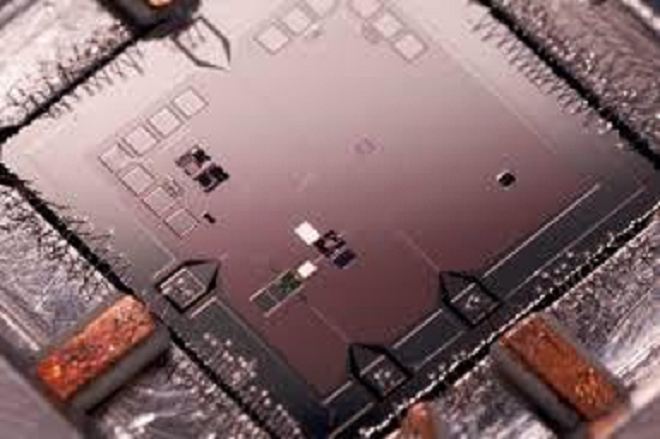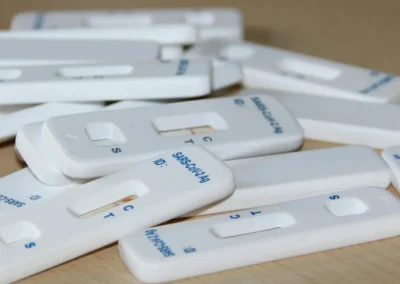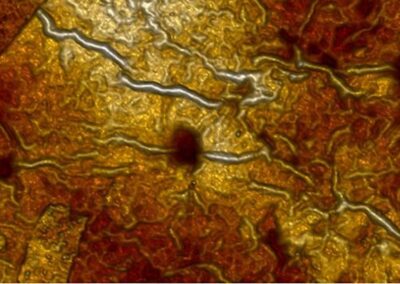Quantum annealing machines of the type manufactured by D-Wave Systems have made major advances in the last few years. A recent demonstration by Google showed that the D-Wave machine could solve a certain type of problem 100,000,000 times faster than comparable methods run on classical computers. So how come there is not a quantum annealing machine in every data centre?
One limitation is the design of the couplers which allow the quantum bits in the annealer to interact with each other. Now a team of researchers from LCN, Oxford and Durham Universities led by Professor Paul Warburton, who heads the Electronic Materials and Devices group at UCL, has designed a new type of coupler for quantum annealing machines. As demonstrated in the associated publication detailing the coupler design in Nature Partner Journals Quantum Information; whereas current couplers on existing annealers couple two quantum bits together at a time, the new design allows interactions which can involve three or more qubits.
Paul’s team also show how this circuit can be used as a unit cell for a scalable architecture using a recently improved embedding technique.
This new design opens up exciting possibilities since it allows for more efficient implementation of real-world problems on these quantum annealing devices. How to implement problems efficiently presents a major challenge for annealers. Moreover, some architectures which have been recently proposed (as per the quantum annealer described in a Science Advances 2015 journal) require interactions between more than two qubits to work.
The work so far is only theoretical, but Professor Warburton hopes to be able to get test devices built soon as part of a major new international collaboration. The researchers have also applied for a UK patent for the idea, which is available for license through Oxford Innovation. Prospective investors and industrial collaborators that want to join the research team in the realisation of a crucial technology, for the success of quantum computers in the near future, can read about the business opportunity.
Journal links:
Link to publication in NPJ Quantum Information: “Circuit design for multi-body interactions in superconducting quantum annealing systems with applications to a scalable architecture”
The related work related to problem mapping and embedding was published in Scientific Reports in 2016: “A Direct Mapping of Max k-SAT and High Order Parity Checks to a Chimera Graph”



